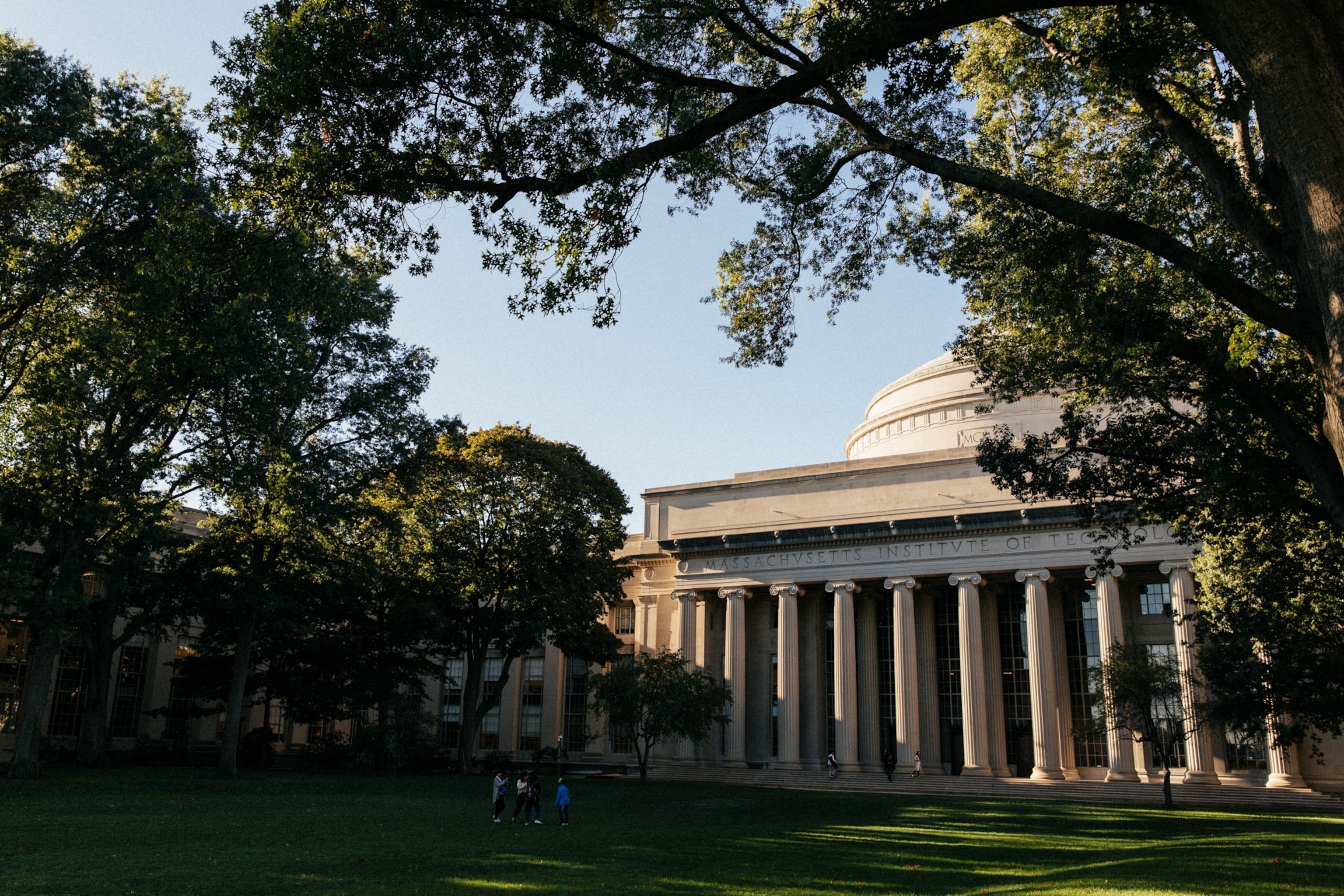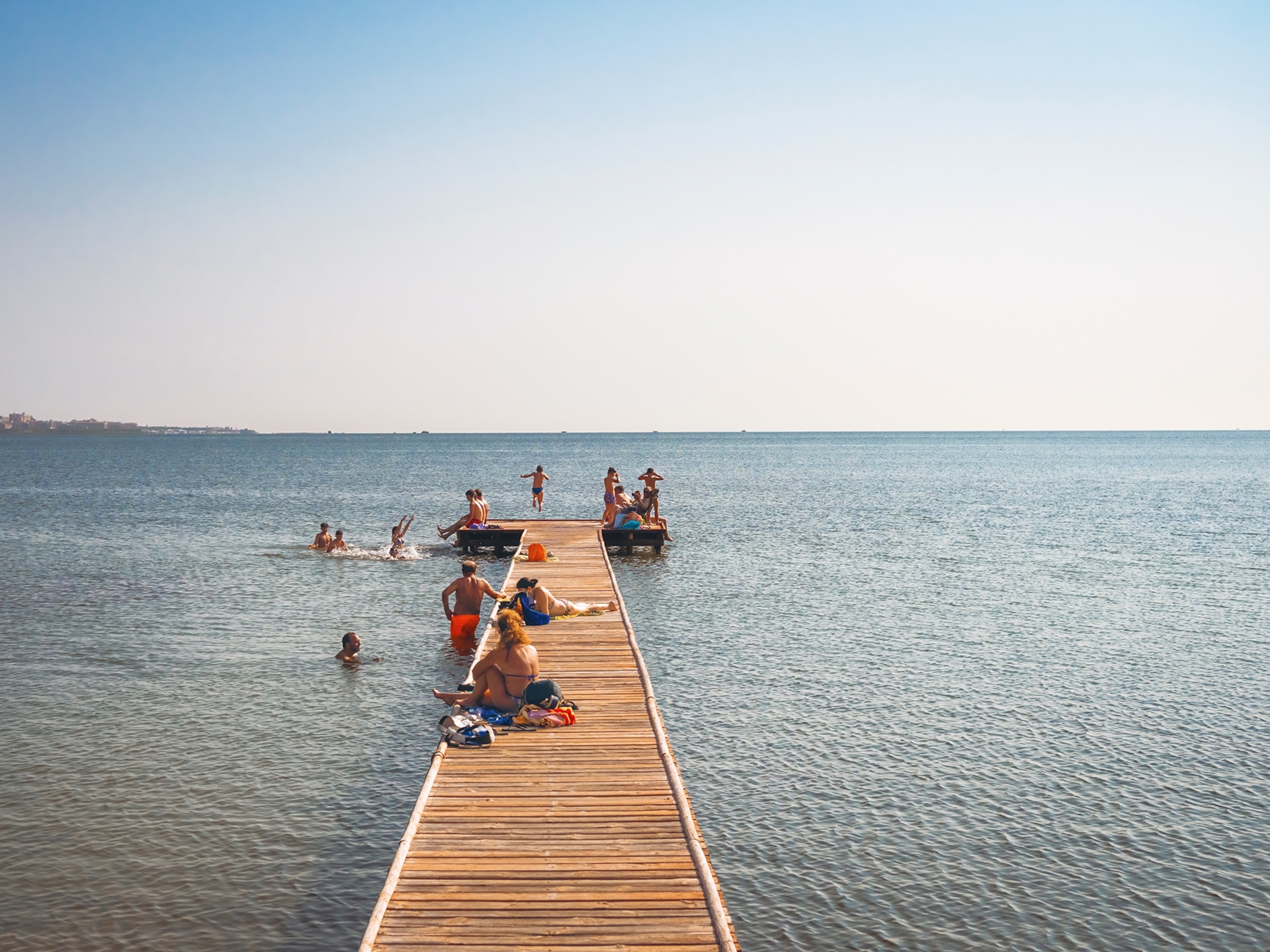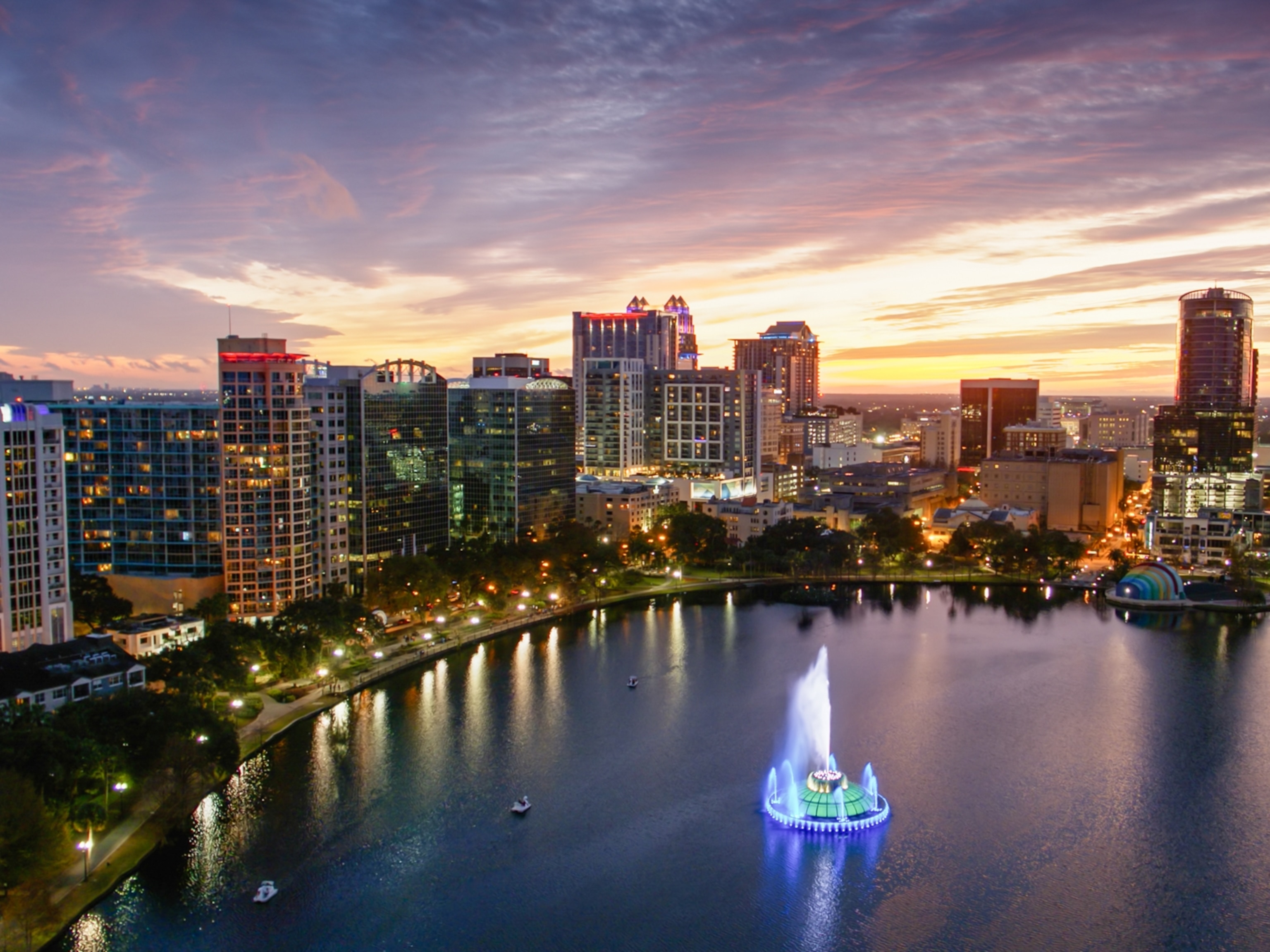
Education interrupted. Years lost. Students face 'cruelty' of new visa policy
The new rule was designed “without regard to concerns for the health and safety of students, instructors, and others,” says Harvard University President Larry Bacow.
Eight years ago, Shawn Shi moved to the United States from Chengdu, China, with a plan—finish high school and eventually earn a master’s degree in electrical engineering.
Last October, the now 24-year-old was on track to realize that dream. He got into the University of Michigan, transferred his student visa, and looked forward to starting life as a grad student in Ann Arbor this fall.
Then, in the wake of the pandemic, the U.S. Immigration and Customs Enforcement (ICE) office issued the “July 6 Directive,” which states that international students enrolled in online instruction face deportation unless they switch to in-person classes. Students currently outside the country won’t be allowed back in.
As a result, more than one million international students (about 5.5 percent of the total U.S. higher education population) currently in the U.S. are facing the difficult choice of losing their visa status—and throwing away years of study—or risking their health.
For many students in Shi’s position, switching to in-person classes isn’t an easy proposition. Despite his school’s efforts to keep students and faculty safe from COVID-19 with a mix of online and in-person instruction, Shi says that the large size of his classes means they’ll likely be conducted online. “I don’t know if I will be able to get an in-person class to meet the requirement, which means after eight years of living here, I will have to leave the country,” he says.
While the directive allows for a narrow mix of online and in-person instruction, the details are unclear, and it doesn’t allow for a completely online course load, even in a COVID-19 spike. If any face-to-face class moves online, students would immediately lose their visas. To date, the government hasn’t provided details on how long students have to figure out their situation, nor has it explained the ramifications of deportation for future study in the U.S. (Related: 2020 graduates face an uncertain future and workforce.)
In response, Harvard University and Massachusetts Institute of Technology (MIT) are suing the Trump administration. The lawsuit asks the courts to prevent ICE and the Department of Homeland Security (DHS) from enforcing the new guidance and to declare it unlawful. Other universities—including Columbia, Northwestern, Duke, Yale, and the University of Massachusetts—have filed an amicus brief supporting the lawsuit.
“The order came down without notice—its cruelty surpassed only by its recklessness,” argues Larry Bacow, president of Harvard University, whose 5,000 international students would be affected. “It appears that it was designed purposefully to place pressure on colleges and universities to open their on-campus classrooms for in-person instruction this fall, without regard to concerns for the health and safety of students, instructors, and others.”
Indeed, several universities note that the new visa rule is in opposition to the Centers for Disease Control and Prevention guidelines about social distancing, avoiding large gatherings, and wearing face masks to bring COVID-19 infection and death rates down.
Welcoming the world’s brightest, most talented and motivated students is an essential American strength.Rafael Reif, President of MIT
“MIT’s strength is its people, no matter where they come from,” adds Rafael Reif, MIT’s president. “I know first-hand the anxiety of arriving in this country as a student, excited to advance my education but separated from my family by thousands of miles. I also know that welcoming the world’s brightest, most talented and motivated students is an essential American strength.”
In a statement, Heather K. Gerken, dean of Yale Law School, says the school is currently offering enough in-person classes for international students to maintain their visa status. And if a COVID-19 spike during the semester causes the school to move classes online, she says several faculty members have volunteered to offer in-person, one-on-one instruction to international students. “One of my colleagues told me that he would teach outside in the snow if he needed to,” says Gerken.
Scrambling to stay
International students who are forced to leave aren’t even sure where they could go. Many borders around the world are still closed due to the pandemic, and some are completely locked down. Cash-strapped students worry how they would pay for last-minute flights.
Sara Nair, an undergrad at Harrisburg University, is in a particularly sticky situation. She was born in India but comes from Ghana, which isn’t allowing anyone in. She’s forced to consider another way.
“I have to send a letter to the Indian embassy explaining why it’s important for me to get on one of the few repatriation flights India is allowing between the U.S. and India,” she says. “So, when they came up with this directive, did they even think, ‘where will these students go?’" (See how coronavirus has spread around the world.)
“Either immigration is going to take us out, or coronavirus is going to take us out—and we literally have no choice in this situation.”
Students whose institutions are going online in the fall are scrambling to transfer to schools that are offering in-person instruction, but their options are limited because the directive was issued after many admissions deadlines had passed. Some schools are offering special considerations in light of the new rule, but students still have to restart the application process, which means they’re out hundreds of dollars in fees.
That also means losing credits they’ve spent years earning. While Nair was able to apply to Cumberland University in Kentucky, getting in means she’ll have to start her master’s degree from scratch—a year’s worth of study at Harrisburg out the window.
Students outside the country are considering deferring a semester, or in some cases a year, before they return to see how things progress—both with the pandemic and the immigration crisis in the U.S. But that option comes with other problems.
Riya Dedhia, 23, went back to Gujarat, India, in March as the pandemic was making its way through the world, with the intention of returning to New York University in the fall, when the health crisis was under control. In the meantime, the Dean’s Scholar has been taking online classes from 8 p.m. to 7 a.m. IST, watching the sun rise with her professor on their Zoom call.
“It’s all ridiculous—on top of all of this, now I have to think about if I have a life in the U.S., if I can even go back,” Dedhia says. “I will most likely defer the fall semester and see where things are at in spring.”
She’ll lose six months of study if she defers. But that’s better than her brother, who is in his thesis year at the University of California and stands to lose a year of instruction. In August, because all of his classes will be online, he’s flying back to India. (Related: Immigrant families cope with lockdowns while separated by continents.)
These students have been following the law, studying here under four- or five-year student visas, notes Asmita, 44, who didn’t want to give her last name. A master’s student at Northwestern University, she’s awaiting an Optional Practical Training extension of her student visa that would allow her to pursue internships and jobs in the U.S.
“They’re already in the country,” she says. “They must be given the utmost protection by the government. They’re a vulnerable section of society—they’re kids pursuing their dreams in a new country with limited money. I don’t understand how you can kick that section out because the pandemic has shifted education online.”
After following the law for years and spending hundreds of thousands of dollars in tuition and living expenses, students like Sara Nair are rethinking their American educational pursuits. “As much as I love this country, and I have dedicated so many years to being here, it’s increasingly getting so tough to live here,” she says. “Canada is saying international students [can] come—and I’d rather invest my money in a country that’ll give me stability.”
Shi says his family would sell or remortgage everything they own if that meant he could stay in the U.S. “They’ll literally do anything in their power to make sure I pay my tuition fees and have money for rent and utilities,” he says. “But what is the point of all of that if I can’t even stay in the country to pursue an education I am paying for?”








